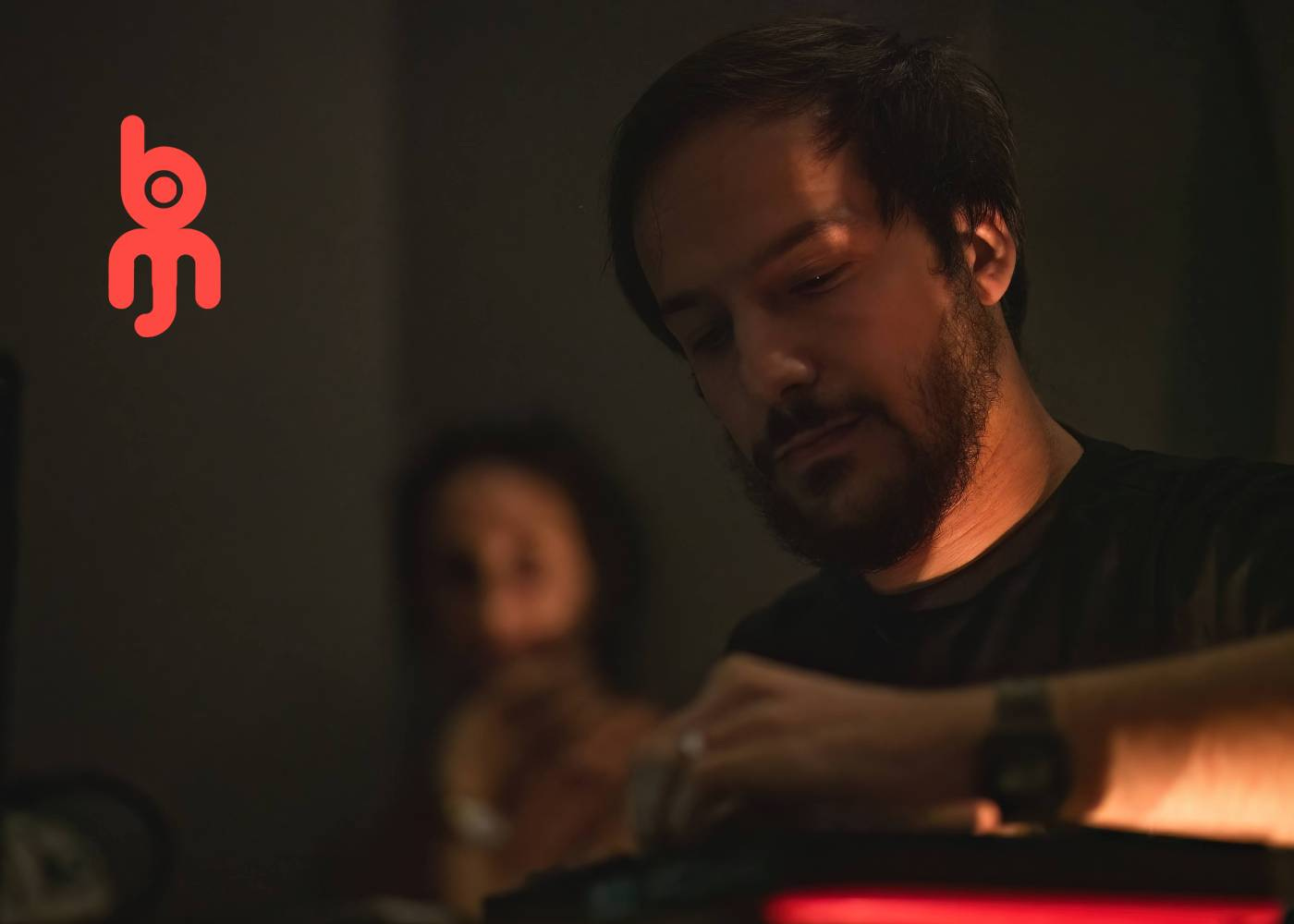15 Years of Ambient – In Conversation With Robert Farrugia
If you’re reading this, then you probably know that Robert Farrugia is my bandmate in Eyes to Argus, a project where we’ve been making music together for the last 10 years. In reality, I’ve known Robert for much longer and he’s been there since the start of my musical journey. We became friends in secondary school, and he is responsible for introducing me to much of the ambient, post-rock, and math rock I grew up listening to. He could only perform so many miracles though, as I would tell him Radiohead were the sad version of Coldplay while I listened to C-tier melodic death metal. I’m very glad to say I’ve grown up since.
Now while Eyes to Argus may be my longest-running musical project to date, it’s certainly not Robert’s. His solo work predates the band by a good few years, and I even remember him working on his first EP at the age of fourteen.
Since then, Robert has released a rich discography of fifteen solo albums, with the latest being Tilwin, which came out in March of this year. His prolific output has not only helped him build a solid audience both locally and internationally but has also led to invitations to perform at prestigious events. Notably, Robert opened for German experimental electronic composer Hainbach in 2022 at the historic Fort St. Angelo – an unforgettable event organized by Circuits.
In this interview, I asked Robert to shed light on the processes of an ambient musician, from exploring different workflows and intents on new albums to performing live, and more.
You’ve been writing and releasing ambient music for around 15 years! Naturally, you’ve built an expansive discography in this time. How do you approach making every release distinct? Does it happen naturally, or do you actively make an effort to give every album its own personality?
Robert: My discography is a bit like a diary, as every release is inspired and motivated by a life event. Tilwin, my latest album, was written as a coping mechanism following an accident that happened to a close family member. Ċipress, which was released in 2023, was inspired by my marriage and settling into a new home with my wife, Jessica. Even looking further back, Slow Morning, my 2016 album, represents a time in my life when I started working full-time and entered a new phase in my life as an adult.
On top of all this, each album is also informed by whatever music I’m listening to at the time and this also shapes the personality of each release. I have released albums that lean more into pure ambient terrority, while some have a strong neo-classical influence, and others are more electronic.
You’ve just released your brand-new album ‘Tilwin’ under the Dutch label Dronarivm. What was the writing process for the album like, and did you try anything differently this time around?
Robert: Due to limited time, I had to take a much more minimal approach, but these limitations paved the way for an interesting workflow. I set up my hardware over two days and during this time I recorded a lot of snippets, which I then saved as samples. There is no track on the album that was recorded in one take – instead, I weaved the songs together using these samples and VSTs.
Can you tell us about how you adapt your music for a live set? How do you keep your sound full and rich when you’re faced with the limitation of playing in a solo set-up?
Robert: I vary my approach a lot when playing live, but usually, I’ll have the base tracks for my setlist set up on Ableton, and depending on the mood and the venue I might opt to either mix tracks on the fly by rearranging EQs and adding effects such as reverbs and delays, or create live overdubs. If I need to improvise, I might turn off some piano tracks and add brand-new layers.
I used to improvise and build tracks from scratch a lot more – creating a mood in real time is at the heart of “proper” ambient. However, I like the idea of adapting my studio tracks to a live environment, and that people at the show can recognize the starting points, even if the final tracks won’t be total replicas of the album versions.
How do you approach playing in a band like Eyes to Argus, compared to playing as a solo artist? Does it feel like “Robert Farrugia, the ambient artist, but in a band”, or is there a noticeable shift in terms of how you approach songwriting?
Robert: My approach with Eyes to Argus is quite different! Of course, there is a common backbone in terms of how I approach composition, but I’m consciously thinking about writing melodies that are more upbeat and less obfuscated. I also like to use specific hardware and effects with Eyes to Argus, which forced me to write within certain limitations. I use the Waldorf Blofeld synth with Eyes to Argus and try to use this as my main tool, whereas at home I have a much wider selection of hardware and software.





